Do you know how to recognize the early signs of lupus?
Lupus is a chronic and painful condition. The Mayo Clinic describes it as "a chronic inflammatory disease that occurs when your body's immune system attacks your own tissues and organs."
Much like psoriasis, lupus is an autoimmune disease, where the body accidentally directs its disease-fighting capabilities inward. Lupus can range widely in severity.
Some people have only mild symptoms, while others have very severe cases that might keep them from working. There are a lot of different risk factors, many of which are genetic. Scientists still don't entirely understand why some people have more signs of lupus than others.
Around 1.5 million Americans have lupus; 90 percent of those are women. Because nine out of 10 cases of lupus affect women, it's very important for all women to know what red flags to watch out for early on!
Scroll through below to learn some of the more common early warning signs of lupus.
Photo Credit: Wikimedia Commons
Lupus Sign #1: "Butterfly" Rash

The "butterfly" rash is one of the most distinctive early warning signs of lupus.
According to WebMD, it typically spreads across the bridge of the nose and onto both cheeks.
In some people, it may spread farther. This rash is usually reddish-purple, and might be raised and flaky or scaly.
Lupus Sign #2: Fingers Turning Blue
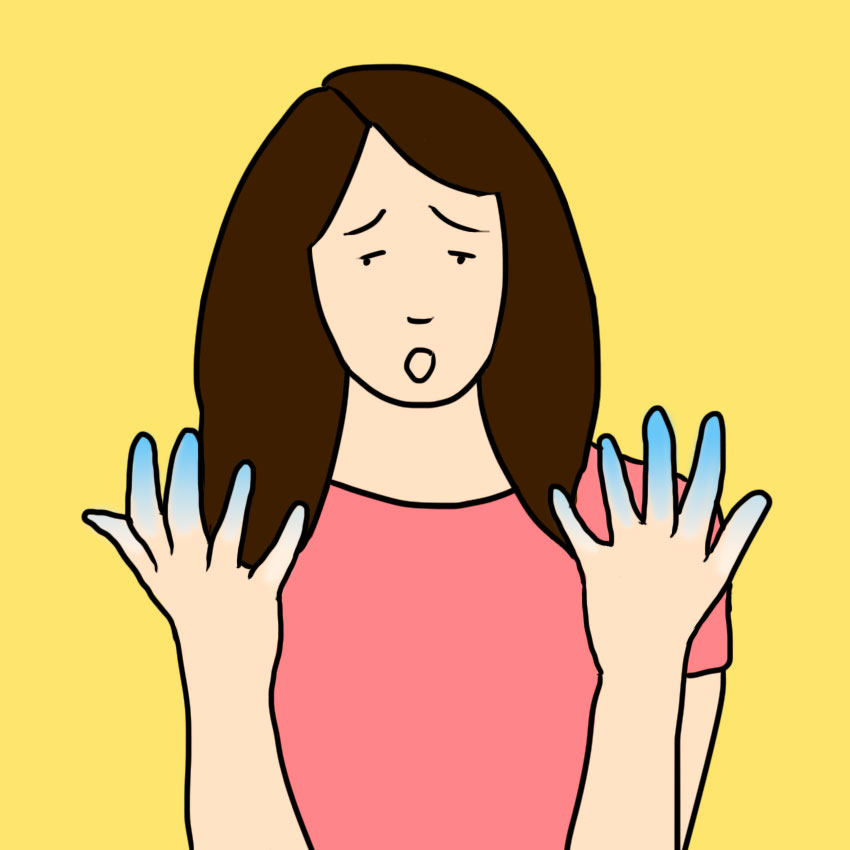
Lupus causes circulatory problems, which might lead to secondary Raynaud's.
Raynaud's is a syndrome where blood vessels in the fingers and toes clamp down and cut off blood flow to the tips.
If you have this symptom, you might notice your toes and fingertips turning blue, purple, or bright white from lack of blood flow.
Lupus Sign #3: Exhaustion

We all get tired, but exhaustion is a whole other beast.
When exhaustion is a symptom of a deeper issue, it's not a feeling of sleepiness, but rather a bone-deep sensation of fatigue like you can barely move. This feeling might also come with a fever.
Lupus researchers don't know why lupus causes such profound feelings of fatigue, though it may have to do with the fact that the body is tricked into believing it is always fighting off an illness.
Lupus Sign #4: Hair Loss
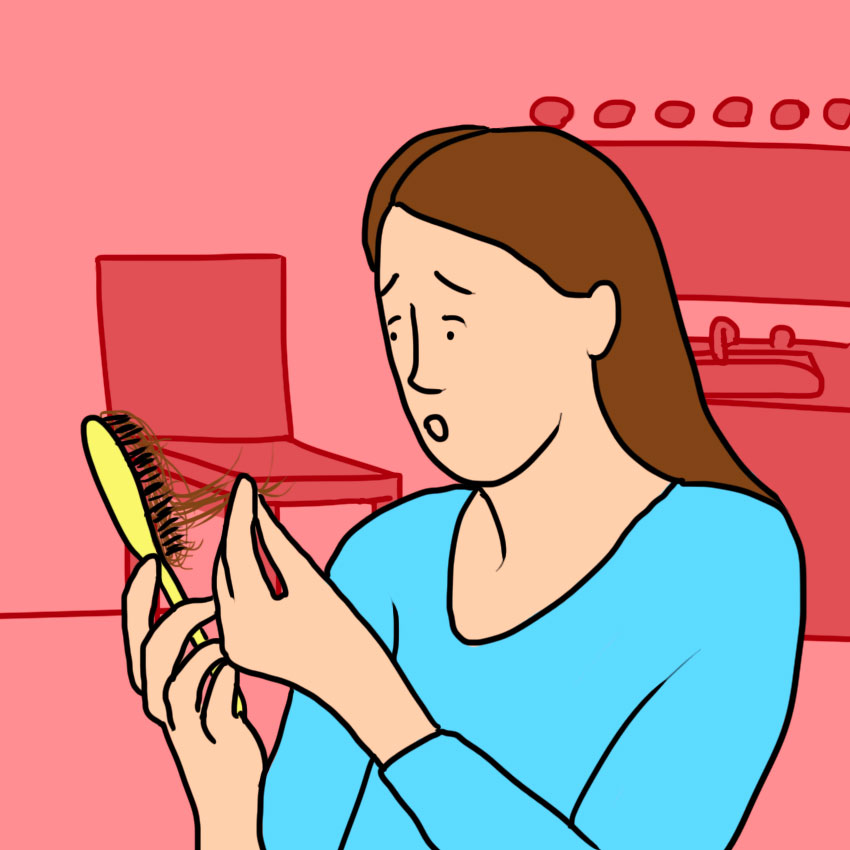
Hair loss is a common symptom of a number of conditions, including stress and malnutrition.
However, if you notice that your hair seems to be falling out in clumps, it might be a sign of lupus.
Usually, balding from lupus is temporary and hair will start growing back during a period of remission.
Lupus Sign #5: Swollen Legs
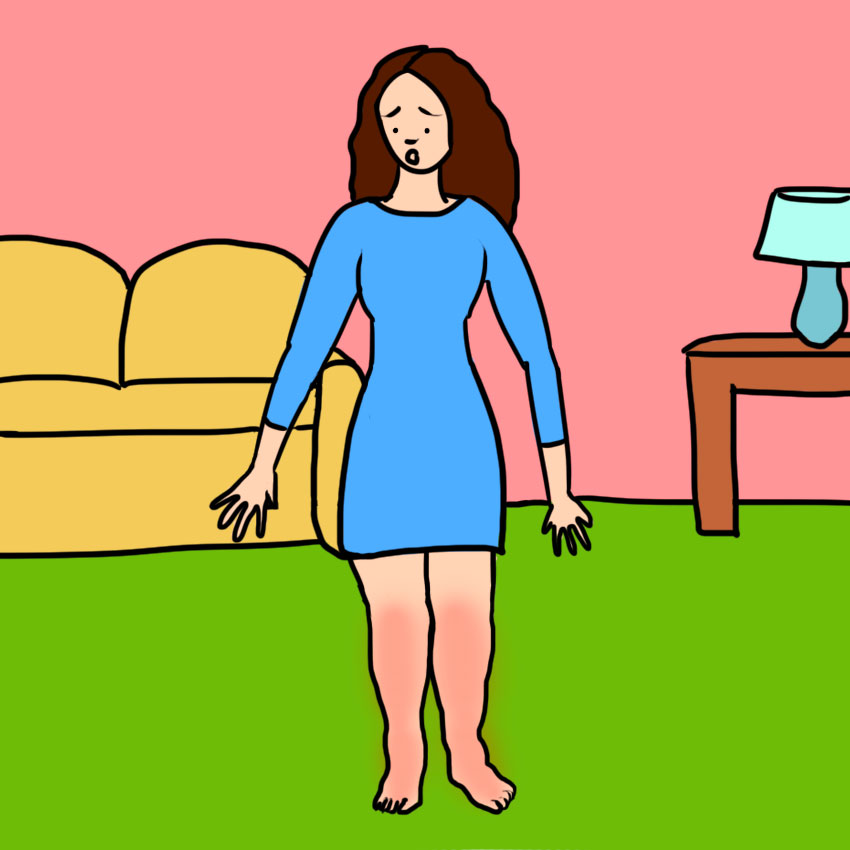
For many people with lupus, swollen legs and ankles are the very first sign.
You might gain water weight in your lower half, and experience puffiness that changes the shape of your lower limbs.
Lupus nephritis, which impairs kidney function, makes it harder for your body to excrete extra water, and it will start to build up in your body. Legs and feet swell first because of the force of gravity.
If you experience this symptom, go to your doctor and get checked for kidney failure.
Lupus Sign #6: Throbbing Chest Pain
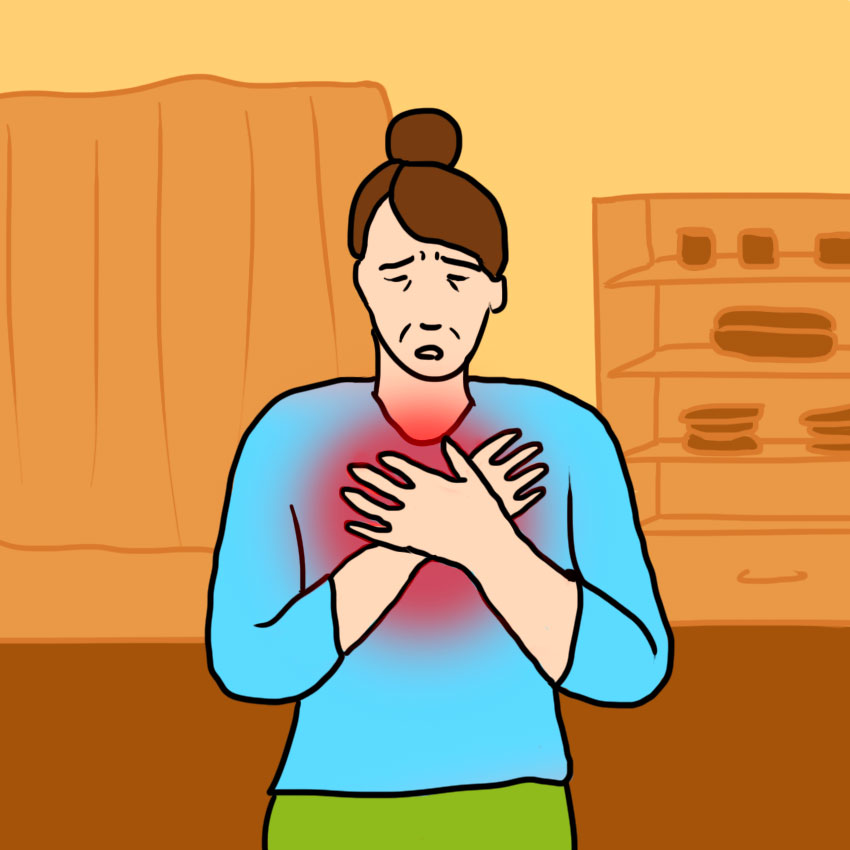
Chest pain is one of the most dangerous early symptoms of lupus, because it can indicate that your heart is at risk.
Lupus can attack any of the tissues in the body, including the heart. When that happens, it causes an inflammation called myocarditis. This causes pain and might impair your heart rhythm.
You should talk to you doctor right away if you experience this symptom to make sure you aren't at risk for a heart attack.
Lupus Sign #7: Sores In Your Nose And Mouth
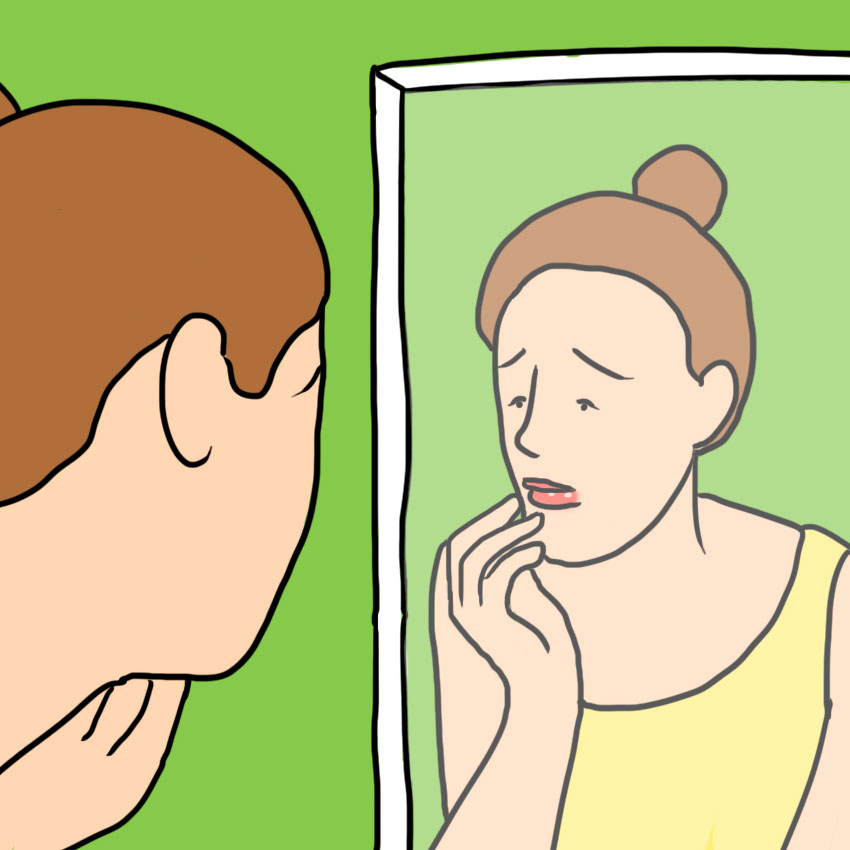
Roughly 50 percent of all lupus sufferers have sores in their mouth and nose.
These sores aren't usually painful like a canker sore, but they can leave you with feelings of itchiness, soreness, or dryness.
They most often appear on the roof of the mouth (though they can show up everywhere) and are red in the middle with a whitish "halo" around the exterior.
Lupus Sign #8: Swollen Joints
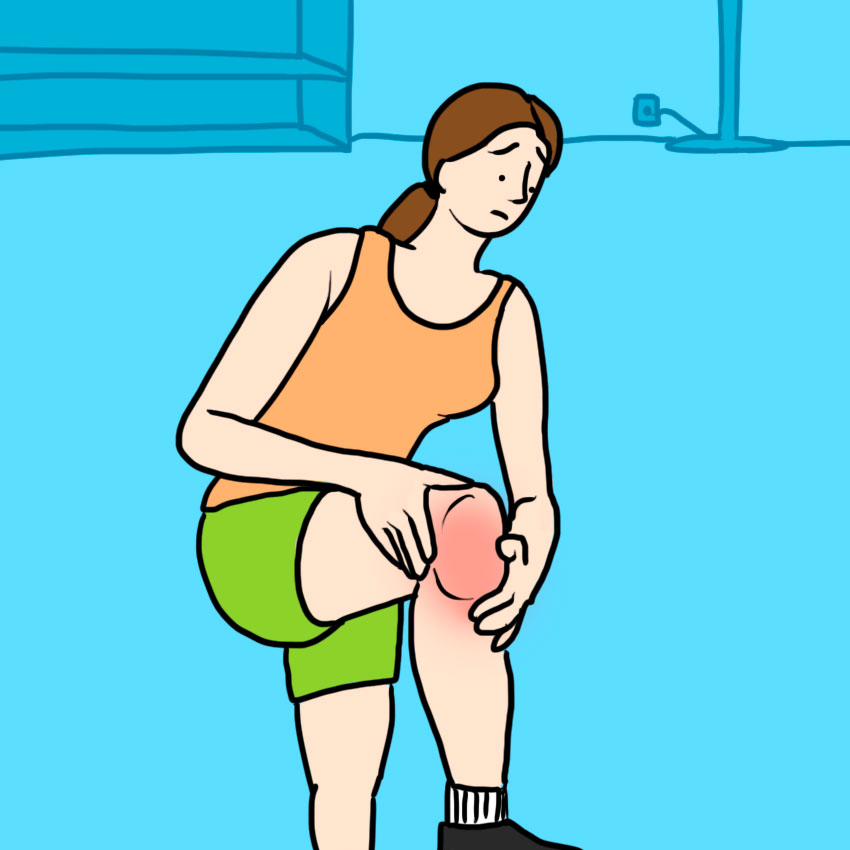
When lupus affects your whole system, lupus arthritis might be one of your first symptoms.
Just like any other kind of arthritis, this will cause swelling and pain in your joints.
Lupus agitates the tissues and ligaments in the joint and causes them to get inflamed and swollen, which leads to the arthritis.
Lupus is a serious medical condition that can affect anyone. If you're experiencing any of these symptoms, contact a doctor for evaluation.
And don't forget to SHARE this important list with anyone who might be at risk!




